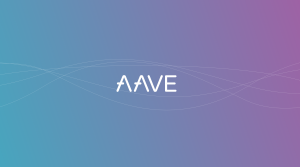On blockchain networks such as Ethereum, the "gas limit" refers to the maximum amount of computational work that can be performed in a single transaction or smart contract execution.
The gas limit is a key parameter that users can set when initiating a transaction to determine the upper limit of resources (or "gas") allocated for its execution. When executing a transaction or interacting with a smart contract on a blockchain, computing resources such as processing power and memory are required for various operations. These operations are measured in gas, and the gas limit represents the maximum amount of gas a user is willing to consume for a particular transaction.
Gas limit: an important transaction parameter
Setting an appropriate gas limit is crucial as it ensures that complex transactions or smart contracts have sufficient resources for successful execution. Users should be careful when setting the gas limit, as setting it too low can cause a transaction or smart contract to fail due to insufficient resources.
Setting it too high can sometimes lead to unnecessary costs. But miners or validators prioritize transactions with gas limits that are appropriate for their computational needs, and unused gas is refunded to the sender. Therefore, the gas limit for a blockchain transaction should be set higher rather than lower.









